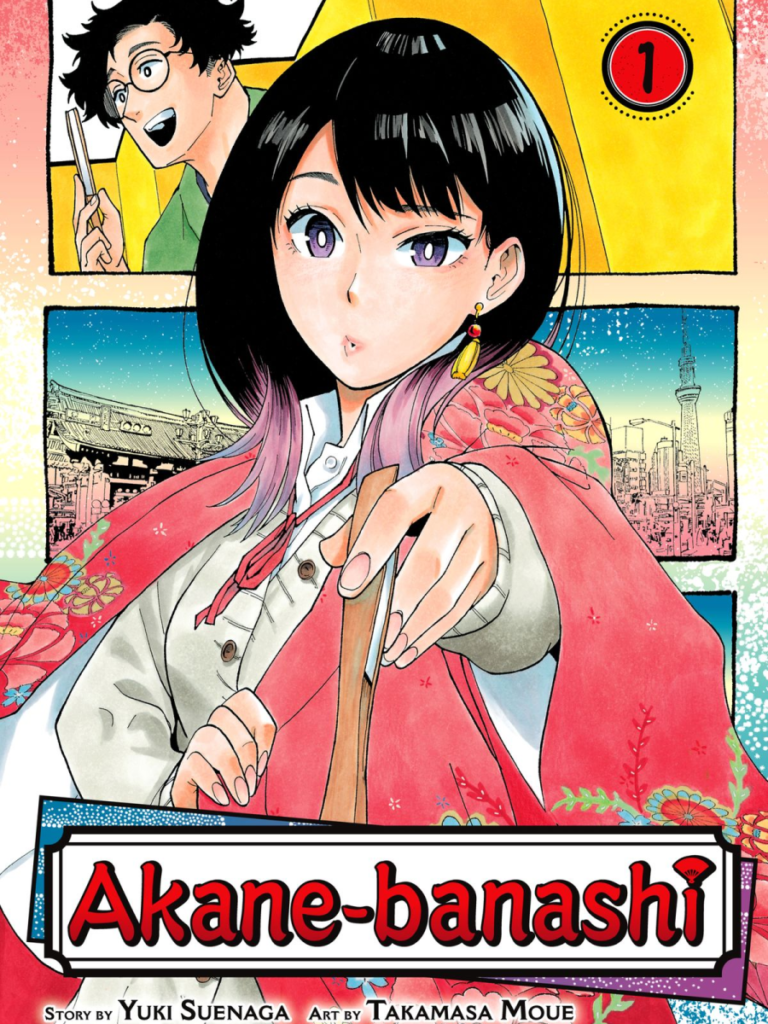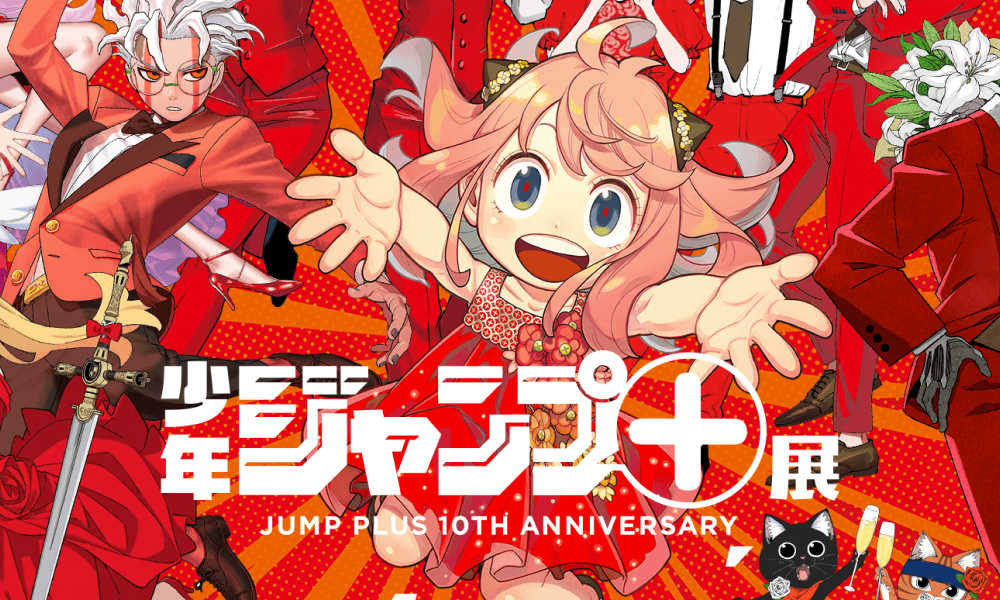Basics of Rakugo
Rakugo is a traditional Japanese form of entertainment. Rakugo in English means ‘fallen words’. It is a unique art of minimalistic storytelling. It first started in the Edo Period for ordinary folks and is still popular today. Check out our article on an ancient Japanese Hairstyle that was popular during the Edo Period.
There is a single performer wearing a kimono called the Rakugoka or Hanashika (storyteller). They kneel on a cushion in front of the audience. The props that they have on hand are usually a small cloth and fan. The storyteller uses these props to imitate objects such as chopsticks, katana, money etc.

The stories performed are usually comedic stories. These comedic stories have a punchline known as ochi or sage. The storyteller is able to differentiate the characters with the use of: head movements, different tones, voices, and posture.
Their rakugo skills must be good enough so the audience does not get confused with the multiple characters.
Rakugo performances mainly took place in three cities in Japan: Tokyo, Osaka, and Kyoto. Each city developed their own style. However the Kyoto style is not practiced as much as the other two styles.
Many things differentiate them. For example Edo Rakugo is usually performed inside on-stage. The Osaka style called Kamigata Rakugo is performed on the streets. As they are in different places in Japan their accent will be different as well.
About the Rakugo Stories
As previously mentioned, most stories performed are comedic. Performers still practice and perform hundreds of ancient rakugo stories today. Apparently a lot of these stories come from Buddhist Monks. They inserted these comedic anecdotes into their sermons to keep their audience engaged while giving their sermon.
These comedic stories sometimes become absurd, they contain characters from Edo Period-Japan. The performance lasts anywhere from 10 minutes up to 45 minutes. Additionally, storytellers sometimes compose their own stories.
Famous Stories
Toki Soba: A man at a soba shop interrupts the clerk while he’s counting out change by asking for the time. The clerk, distracted by the question, becomes confused and accidentally hands over more change than necessary. Another customer decides to test the tactic himself in hopes of pocketing some extra cash.
Jyu-ge-mu: The parents of a newborn baby are struggling to choose a name for their son. After consulting a temple priest, they receive a variety of names that all carry meanings of luck and prosperity. In the end, the couple decides to combine all the names into one long, elaborate name. As a result, every time they refer to their son, they find themselves repeating this lengthy name.
Monologue
Like in stand-up comedy performers want to test the waters with their audience. They want to feel out and find how to approach their audience before getting into the actual material.
The storytellers create these monologues, and they can be about anything. A common monologue would be who they are and a brief introduction to Rakugo. This is so first time watchers can enjoy the performance as well.
How Do You Become a Professional?
To become a professional, first you must find a rakugo master who will accept you as their apprentice. Then you must complete this apprenticeship, which takes around three to four years. During this apprenticeship, your master will also give you a stage name.
This apprenticeship, depending on your master, may be strict. You would also have to do their house chores, cook, prepare their kimonos and more.
Additionally, you can only perform any stories you choose after receiving permission from your master.
Rakugo Today
There are just over 700 professionals today, and only 30 are women. Almost every single professional is under one of five professional rakugo associations in Japan.
Additionally there is only one professional of western descent: Katsura Sunshine. Here is his YouTube channel where you can watch his English rakugo.
Where to Watch?
Here are some theaters in Tokyo where you can watch professional rakugo: Asakusa Performance Hall, Shinjuku Suehirotei and Suzumoto Entertainment Hall.
In the Osaka area there is only one place to watch the Kamigata style: Rakugo Theater Temma Tenjin Hanjo Tei

Additionally you can watch rakugo every Sunday on Shōten, a Japanese comedy program on Nippon TV. Ultimately, storytellers can perform anywhere, from schools to temples. As long as they have a cushion to kneel on, they can perform there.
Rakugo in Pop Culture

One well known rakugo anime is Shouwa Genroku Rakugo Shinjuu. The story is about a former yakuza member who aspires to be a professional storyteller. The studio, Studio Deen, adapted it from the manga of the same name.
Another famous manga is Akane-banashi. The story follows Akane, a girl who has always found rakugo intriguing. This is because her father loved it and aimed to be a professional. She chose to pursue rakugo because her father failed his apprenticeship and gave up rakugo for a ‘normal’ job. As of writing this article, there are no plans for an anime adaptation.

The Timeless Art of Rakugo

Rakugo is just another part of Japan’s deep history and culture. As a form of entertainment it offers a glimpse into the humor of Japanese life across centuries. If you are interested in reading more about Japanese culture click here.
Enjoy this unique form of entertainment in the Tokyo and Osaka areas. With a dedicated group of professionals and representation in pop culture, rakugo remains popular today. Just as it was 400 years ago.
0 Reviews
Miguel channels his love for manga, anime, and gaming into creating digital contents with a goal to become a notable writer who continues to captivate his readers.













